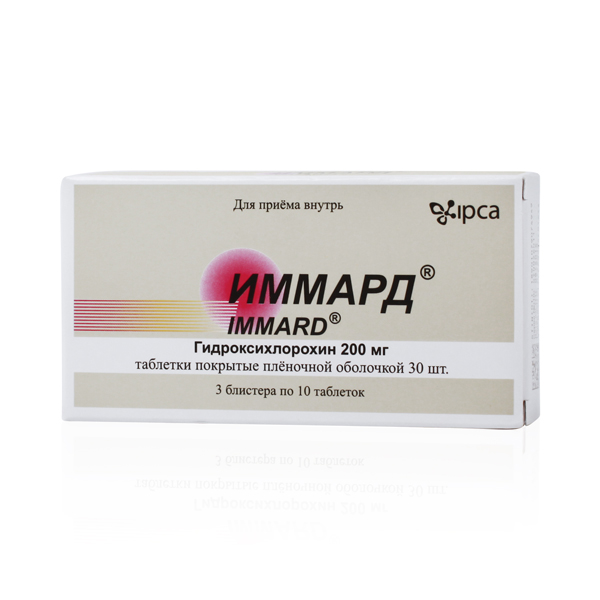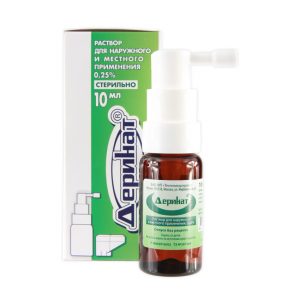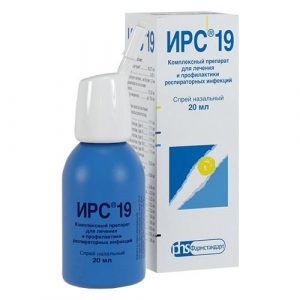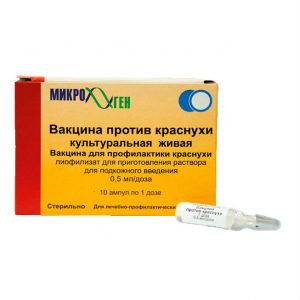Description
Release form
Tablets
Packaging
30 pcs
Pharmacological action
An antimalarial drug that actively suppresses red blood cell forms (hematoshisotropic drug). It densifies lysosomal membranes and inhibits the release of lysosomal enzymes, disrupts DNA reduction, RNA synthesis, and the utilization of b by erythrocytic plasmodium forms.
It also has an immunosuppressive and anti-inflammatory effect, suppresses free radical processes, weakens the activity of proteolytic enzymes (proteases and collagenases), leukocytes, chemotaxis of lymphocytes.
Pharmacokinetics
Absorption – variable. The half-absorption period is 3.6 hours (1.9-5.5 hours). Bioavailability is 74%. Communication with plasma proteins – 45%. The time to reach the maximum concentration of the drug in the blood (Tcmax) – 3.2 hours (2-4.5 hours), the maximum concentration is (Cmax) after oral administration of 155 mg – 948 ng / ml, after oral administration of 310 mg -1895 ng / ml. It accumulates in tissues with a high level of metabolism (liver, kidneys, lungs, spleen – in these organs the concentration exceeds the plasma by 200-700 times in the central nervous system, red blood cells, white blood cells) and in tissues rich in melanin.
Very low concentrations found in the walls of the gastrointestinal tract.
Crosses the placental barrier, in small quantities is determined in breast milk. Distribution volume: measured in blood – 5.522 l, in plasma – 44.257 l.
Metabolized in part in the liver to form active desetylated metabolites. The half-life from blood (T ) Is 50 days, from plasma – 32 days.
It is excreted by the kidneys (23-25% unchanged) and with bile (less than 10%). Excretion is very slow and can be determined for a long time in the urine after discontinuation of treatment.
Indications
Rheumatoid arthritis lupus erythematosus (systemic and discoid).
Juvenile Arthritis. Hypercalcemia on the background of sarcoidosis.
Malaria: treatment of acute seizures and suppressive therapy of malaria caused by Plasmodium vivax, Plasmodium ovale and Plasmodium malariae (excluding extra-erythrocyte forms and hydroxychloroquine-resistant cases) and sensitive strains of Plasmodium falciparum (excluding hydroxychloro-susceptible strains of Plasmodium mollomasin-resistant) falciparum.
Photodermatitis. Late cutaneous porphyria, chronic cutaneous vasculitis.
Contraindications: Hypersensitivity, pregnancy (may be used for health reasons), lactation, childhood (long-term therapy).
Caution. Retinopathy, changes in visual fields, inhibition of bone marrow hematopoiesis, psychosis (including history), porphyria, psoriasis, glucose-6-phosphate dehydrogenase deficiency, hepatitis, liver and / or renal failure.
Contraindications
Hypersensitivity, pregnancy (may be used for health reasons), lactation, childhood (long-term therapy).
Special instructions
Before and during therapy, an ophthalmological examination should be performed at least once every 6 months (the use of daily doses of more than 6.5 mg / kg increases the risk of damage to the retina). In case of adverse reactions from the side of vision (decrease in visual acuity, change in color perception, etc.), the drug should be immediately canceled (retinal changes can progress even after drug withdrawal).
During therapy, constant monitoring of the cellular composition of the blood, the state of skeletal muscles (including tendon reflexes) is necessary. If muscle weakness occurs, the drug should be discontinued.
Composition
Each tablet, film-coated contains:
Active ingredient: hydroxychloroquine 200 mg
Excipients: corn starch, calcium hydrogen phosphate, talc, colloidal silicon dioxide, polysorbate-80, magnesium stearate.
Shell contains: titanium dioxide, macrogol, hypromellose, talc.
Side effects
From the musculoskeletal and nervous systems: myopathy or neuromyopathy, sensory disturbances leading to increased myasthenia gravis and atrophy of proximal muscle groups, decreased tendon reflexes, abnormal nerve conduction, muscle weakness, headache, dizziness, nervousness, psychosis, emotional lability, convulsions, ataxia, irritability. On the part of the sensory organs: tinnitus, hearing loss, visual impairment, impaired visual acuity, impaired accommodation, swelling and clouding of the cornea, scotoma with prolonged use of large doses – retinopathy (including with pigmentation disorders and visual field defects), visual atrophy nerve, keratopathy, ciliary muscle dysfunction. From the CCC: ILC, AV block, decreased myocardial contractility, myocardial hypertrophy during prolonged therapy with large doses – myocardial dystrophy. From the digestive system: nausea, vomiting (rarely), decreased appetite, abdominal pain of a spastic nature, diarrhea, hepatotoxicity (impaired liver function, liver failure). Hematopoietic organs: neutropenia, aplastic anemia, agranulocytosis, thrombocytopenia, hemolytic anemia (in patients with glucose-6-phosphate dehydrogenase deficiency), exacerbation of porphyria. On the part of the skin: skin rash (including bullous and generalized pustular), itching, pigmentation of the skin and mucous membranes, hair discoloration, alopecia, photosensitivity, Stevens-Johnson syndrome (polymorphic exudative erythema), exacerbation of psoriasis .h. with fever and hyperleukocytosis). Other: weight loss.
Special instructions
Before and during therapy, an ophthalmological examination should be performed at least once every 6 months (daily doses exceeding 6. 5 mg / kg increases the risk of retinal damage). In case of adverse reactions from the side of vision (decrease in visual acuity, change in color perception, etc.), the drug should be immediately canceled (retinal changes can progress even after drug withdrawal). During therapy, constant monitoring of the cellular composition of the blood, the state of skeletal muscles (including tendon reflexes) is necessary. If muscle weakness occurs, the drug should be discontinued. Use during pregnancy and lactation is possible only for health reasons (in therapeutic doses, it can cause central nervous system damage in the fetus or infant (including ototoxicity, auditory and vestibular, to the point of deafness), retinal bleeding and pathological retina pigmentation (infants are especially sensitive to toxic effects of 4-aminoquinolines). During the treatment period, care must be taken when driving vehicles and engaging in other potentially hazardous activities that require an increased concentration of attention and speed of psychomotor reactions.
Drug interaction
Increases the concentration of digoxin in plasma.
Increases plasma concentrations of penicillamine and the risk of its side effects from the hematopoiesis, urinary system and skin reactions.
Alkaline drink and alkali accelerate excretion.
Enhances the effect of hypoglycemic drugs (requires a reduction in the dose of the latter).
Aminoglycasides enhance the blocking effect on neuromuscular conduction.
Antacids reduce absorption (the interval between their intake should be at least 4 hours).
Enhances the side effects of GCS, salicylates, class I antiarrhythmics, hemato-, hepato- and neurotoxic drugs.
Overdose
Symptoms: cardiotoxicity (disturbance of conductivity on a bundle of Gis at chronic intoxication – hypertrophy of a myocardium of both ventricles), decrease in blood pressure, neurotoxicity (dizziness, headache, increased excitability. excitability). Overdose is especially dangerous in young children, even taking 1-2 g of the drug can lead to death.
Treatment: gastric lavage, administration of activated charcoal (at a dose 5 times the dose of the drug), forced diuresis and alkalinization of urine (eg, ammonium chloride to urine pH – 5.5-6.5) increase urinary excretion by 4-aminoquinoline, including symptomatic therapy appointment in convulsions – diazepam, antitussive therapy).
It is necessary to control the concentration of sodium in the serum and constant medical control for at least 6 hours after symptom relief.
Storage conditions
The product should be stored out of the reach of children, in a dry, dark place at a temperature not exceeding 25 ° C.
active substance
hydroxychloroquine
Dosage form
tablet




